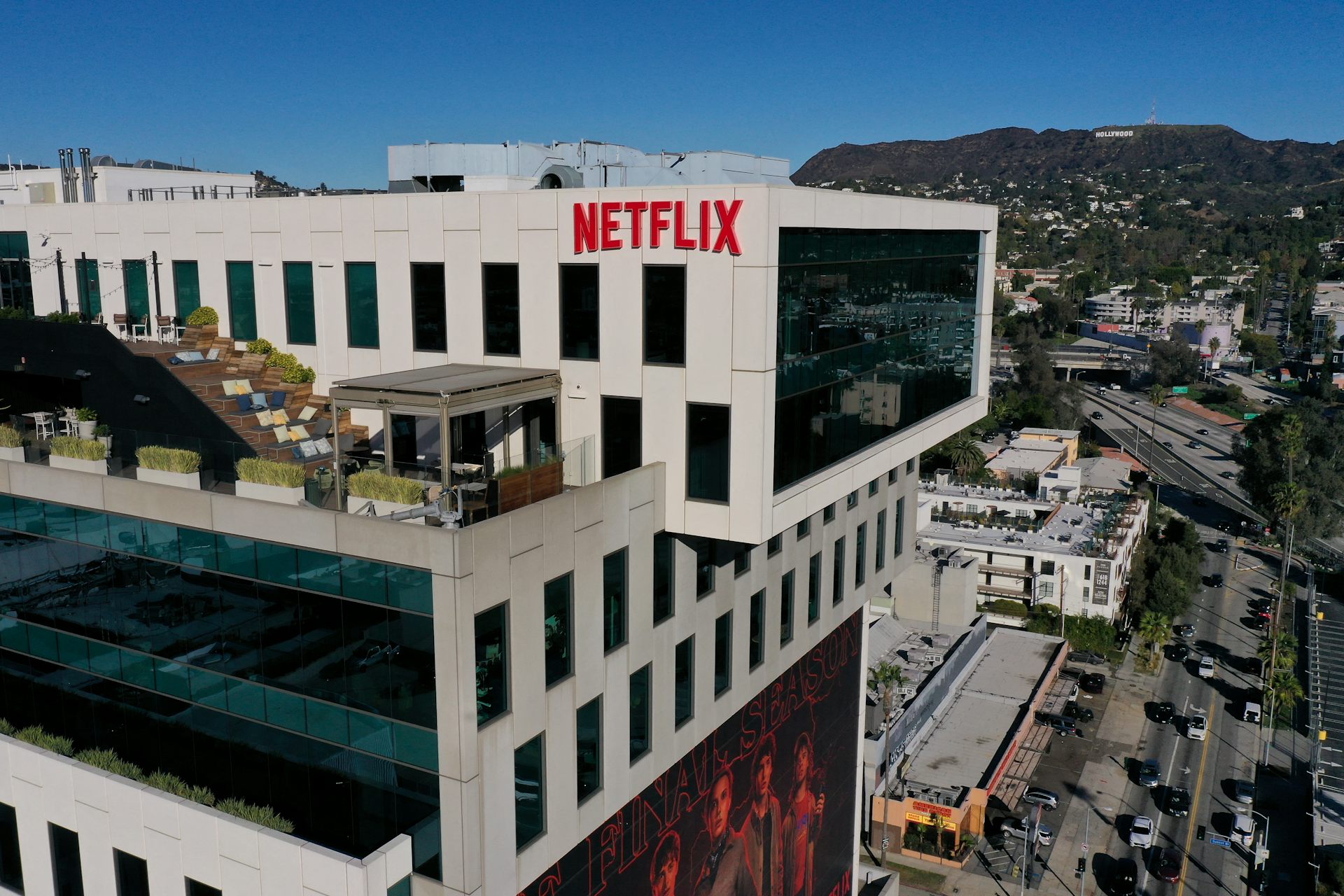International trade has cost Americans millions of jobs. Investing in communities might offset those
When manufacturing jobs disappear, what are the best ways to help unemployed workers?

Arguing against globalization is like arguing against the laws of gravity, said former United Nations Secretary General Kofi Annan. Globalization, the international trade in goods and services with minimal barriers between countries, may seem inevitable as the world’s economies become more interdependent.
Properly regulated, globalization can be a powerful force for social good. For wealthy nations, globalization can mean less expensive goods, additional spending and a higher standard of living. For those who live and work in poorer nations, globalization can lead to greater prosperity with the power to reduce child labor, increase literacy and enhance the economic and social standing of women.
But not everyone gains from globalization. An analysis of 120 countries between 1988 and 2008 and published by the World Bank illustrates who has lost. The U.S. trade deficit with China, for instance, has had an adverse effect on American workers, effectively eliminating 3.7 million jobs between 2001 and 2018. More than 75% of those job losses were in manufacturing, accounting for more than half of all U.S. manufacturing jobs lost or displaced during this period.
If globalization is inevitable, then what are the best strategies to help American workers get back into the workforce when their jobs have been eliminated?
Job loss and the working class
The economist Branko Milanovic, using data from the World Bank, argues that the losers from globalization are working people in rich nations. Milanovic’s research demonstrates that a large portion of the lower middle class in the U.S. and Western Europe have seen little to no gain in income since 1988. At the same time, 200 million Chinese, 90 million Indians and nearly 30 million people in Indonesia, Brazil, Egypt and Mexico have profited from globalization.

Many American workers have been negatively impacted by liberalized trade with China, the so-called “China trade shock,” because goods that China exports to the U.S. have substituted for comparable American-made products. From an economic perspective, China successfully increased its share of world manufacturing exports from a little more than 2% in 1991 to 28% in 2018. By contrast, in 2001, U.S. trade began to increase with China when the latter joined the World Trade Organization, the international organization that determines the global rules of trade. Even though U.S. exports to China have increased over time, since the U.S. buys more from China than we sell to them, a large trade deficit has opened up. The growth of this deficit means that the U.S. is losing jobs in manufacturing and foregoing opportunities to add jobs in this sector because imports from China have skyrocketed, while exports have not increased as much.
The trade deficit has had different impacts on regions within the U.S. Some regions are devastated by layoffs and factory closings, while others are surviving but not growing the way they might if new factories were opening and existing plants were hiring more workers. This slowdown in manufacturing job generation is also contributing to stagnating wages and incomes of typical workers and widening economic inequality.
Retraining and moving for work
What are the solutions for the millions of American workers who have lost their jobs? Economists generally support “people-based” over “place-based” policies and investments. The rationale is that it’s more important to invest in workers rather than bolster a place where workers live. Economists would argue that directing public funds into regions doing poorly is akin to wasting money. The logical outcome of such policies is that towns that have lost their economic base are allowed to shrink while other economies take their place.

[Deep knowledge, daily. Sign up for The Conversation’s newsletter.]
The Department of Labor’s Trade Adjustment Assistance for Workers program helps workers displaced by international trade with job training and relocation assistance, subsidized health insurance and extended unemployment benefits. Trade Adjustment Assistance is a “people-based” policy because it invests in workers. I believe that, relative to the magnitude of the job losses, Trade Adjustment Assistance provides too little relief. While there is little support among economists for place-based policies, recent evidence demonstrates that such policies may deserve another look.
Examples of place-based policies include enterprise zones where economic incentives are offered to firms to create jobs in economically challenged areas and policies that seek to promote economic development by investing in infrastructure, such as the Tennessee Valley Authority, which, since 1933, provided electrification to the rural South, promoting industrialization and enhancing the quality of life in that region.
Adapting to joblessness
People-based policies are predicated on the assumption that if given the right incentives, people will leave economically strapped areas and move to flourishing regions. Yet research shows that even in regions of the U.S. where deep manufacturing job losses have occurred, workers frequently did not move to new jobs. Those who lost their jobs adjusted, spent less money and stayed put, resulting in a further reduction of economic activity in regions that, in turn, became poorer.
Workers who can move to more promising locales, but choose not to, is a phenomenon not only in the U.S. but in Germany, Norway and Spain, even if economically depressed regions have a negative impact on those who live there. Men – particularly young, white men – in the U.S. are less likely to graduate from college, more likely to bear children out of wedlock and more likely to suffer from what the economists Anne Case and Angus Deaton have called “deaths of despair.” These deaths arise because of a deep sense of hopelessness stemming from unemployment, lack of resources and alcohol and drug dependency.
Strengthening a place called home
If relatively low-skilled workers are unwilling to move, then should policies that favor people-based programs continue? Or is it better to make place-based investments, as the 2019 Nobel laureates Abhijit Banerjee and Esther Duflo suggest?
I believe that the U.S. should back policies that support people where they live and invest in those places when global trade, specifically liberalized trade, has taken a toll on American workers. Regional policymaking might ask what is needed so that those who are unemployed do not feel, as Nobel Prize-winning poet Gabriela Mistral writes, that “everyone left and we have remained on a path that goes on without us.”
Amitrajeet A. Batabyal does not work for, consult, own shares in or receive funding from any company or organization that would benefit from this article, and has disclosed no relevant affiliations beyond their academic appointment.
Read These Next
Merry Jewish Christmas: How Chinese food and the movies became a time-honored tradition for American
What do you do on Dec. 25 if you don’t celebrate Christmas? For Jewish Americans, the answers range…
Netflix-Warner deal would drive streaming market further down the road of ‘Big 3’ domination
US industries have traditionally consolidated into 3 to 5 main players. When it comes to streaming,…
How keeping down borrowing costs for mortgages and other loans is built into the Fed’s ‘dual mandate
Recent news reports highlighted how the Fed technically has a third mandate – moderate long-term interest…





